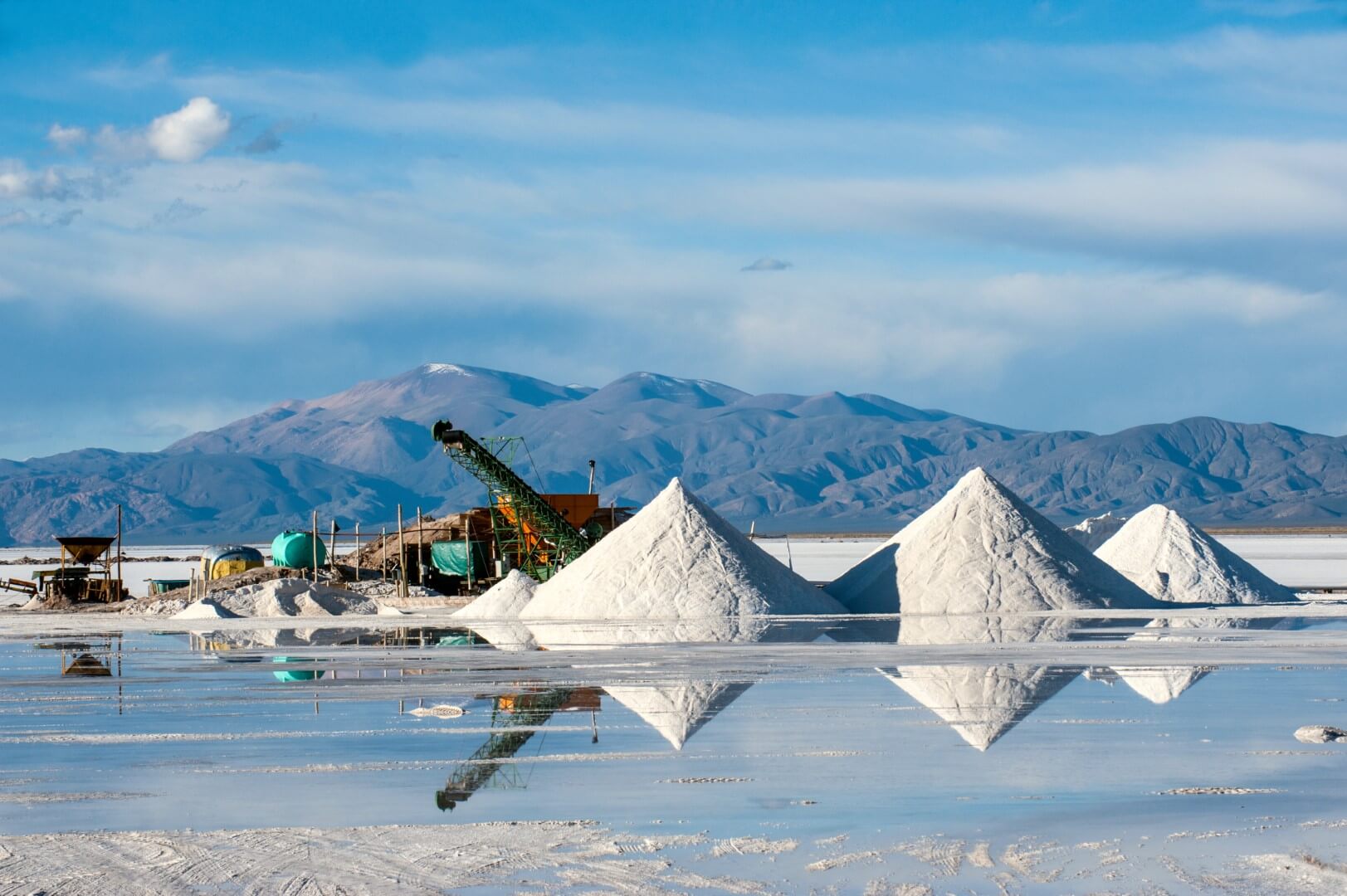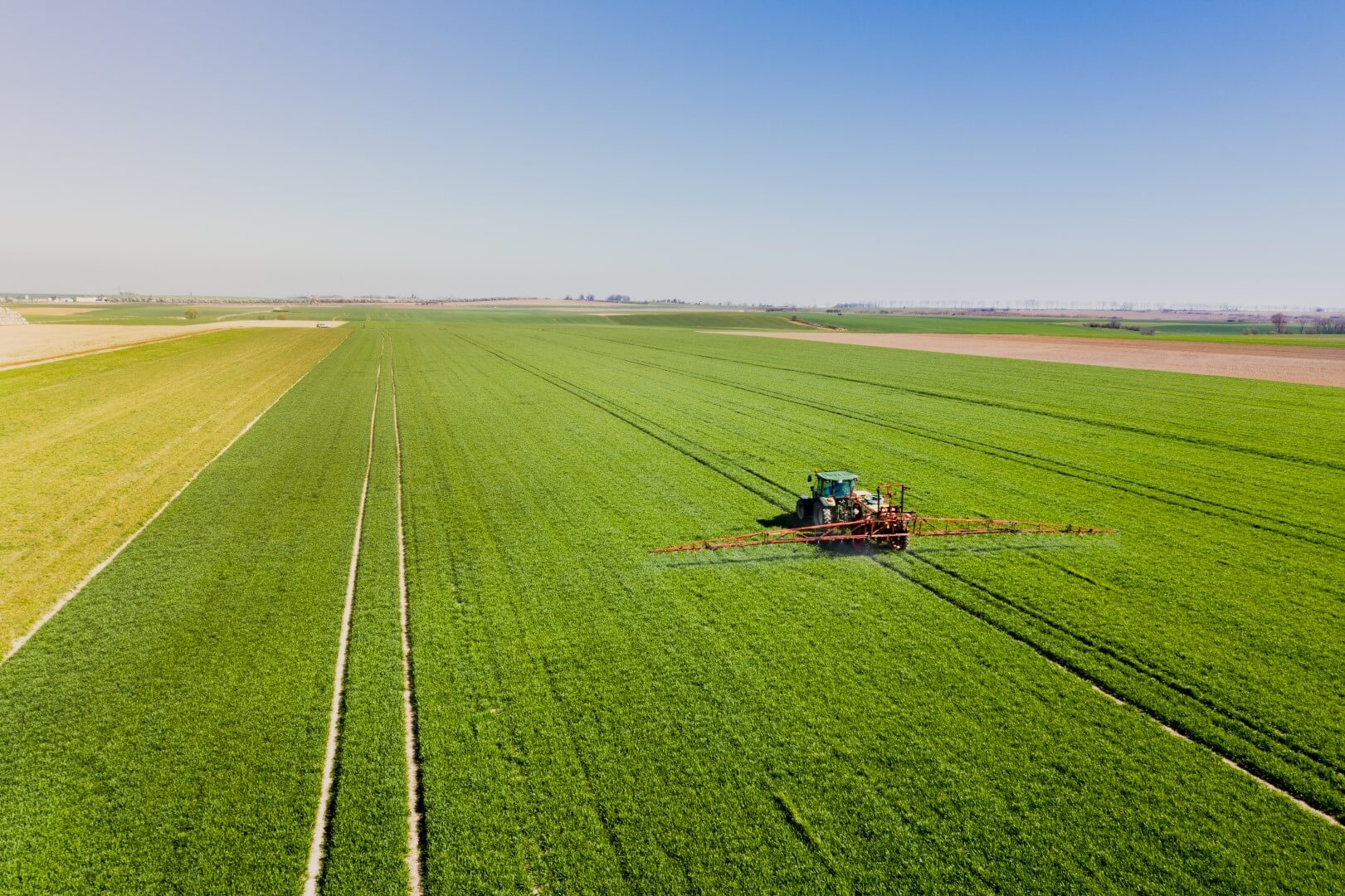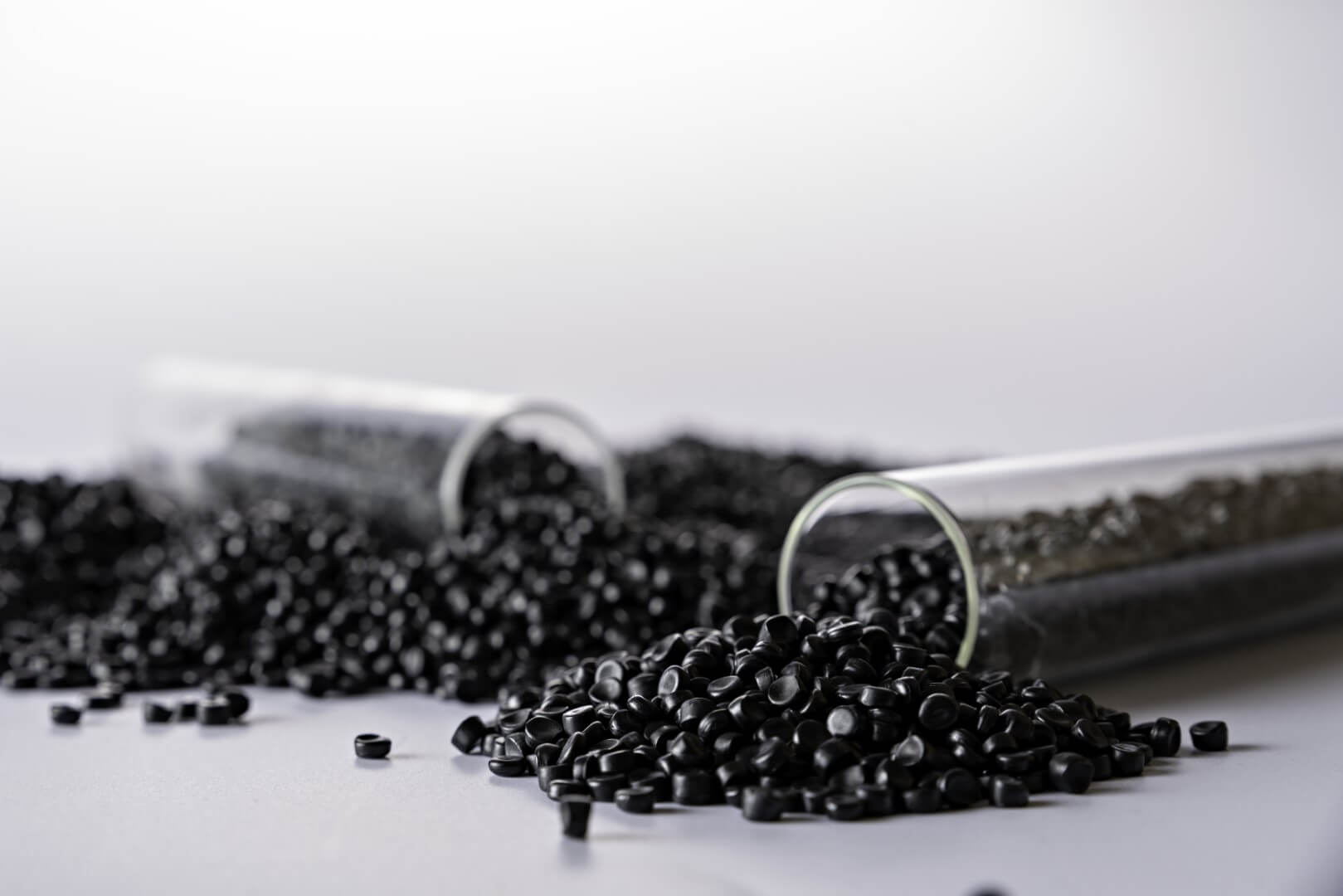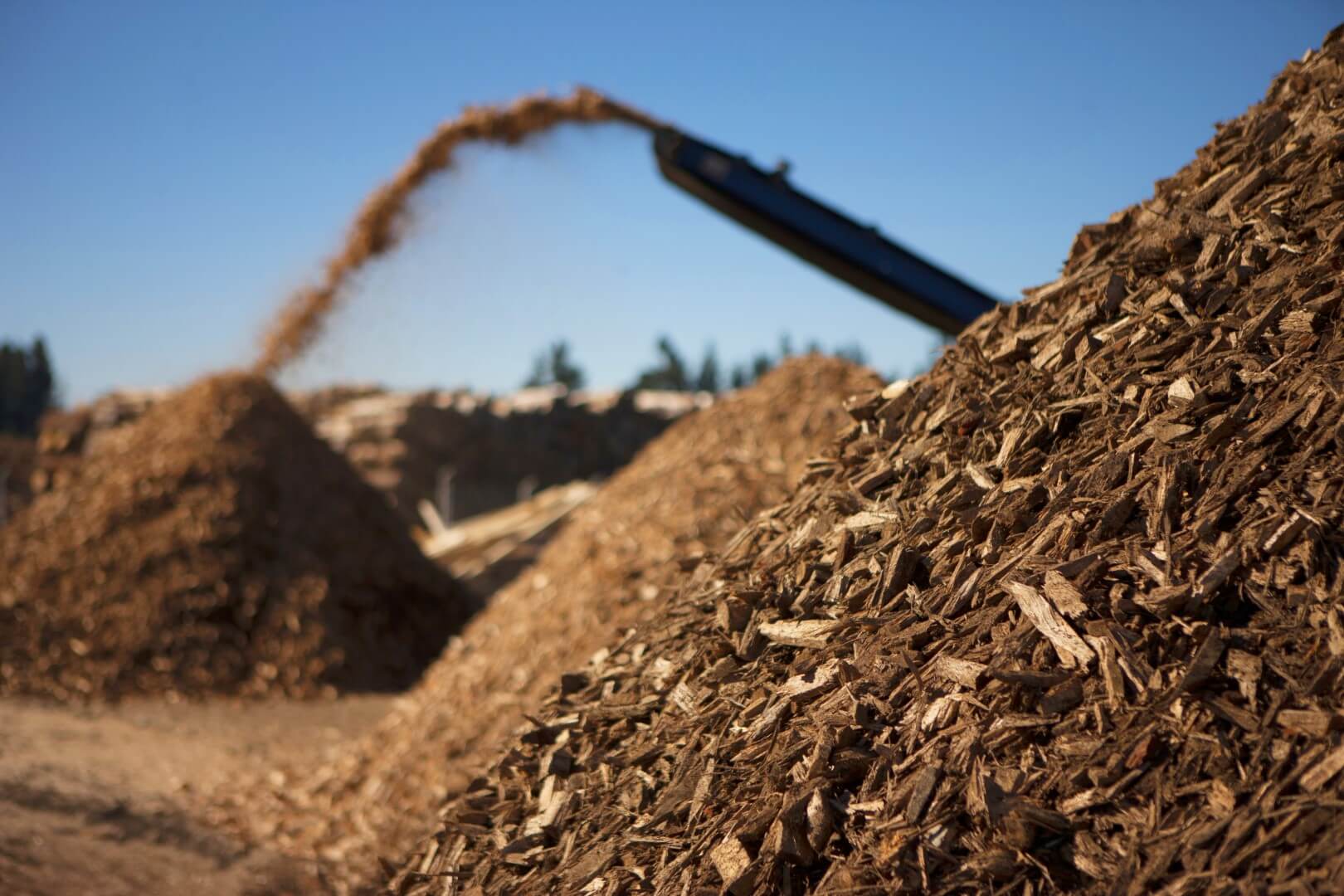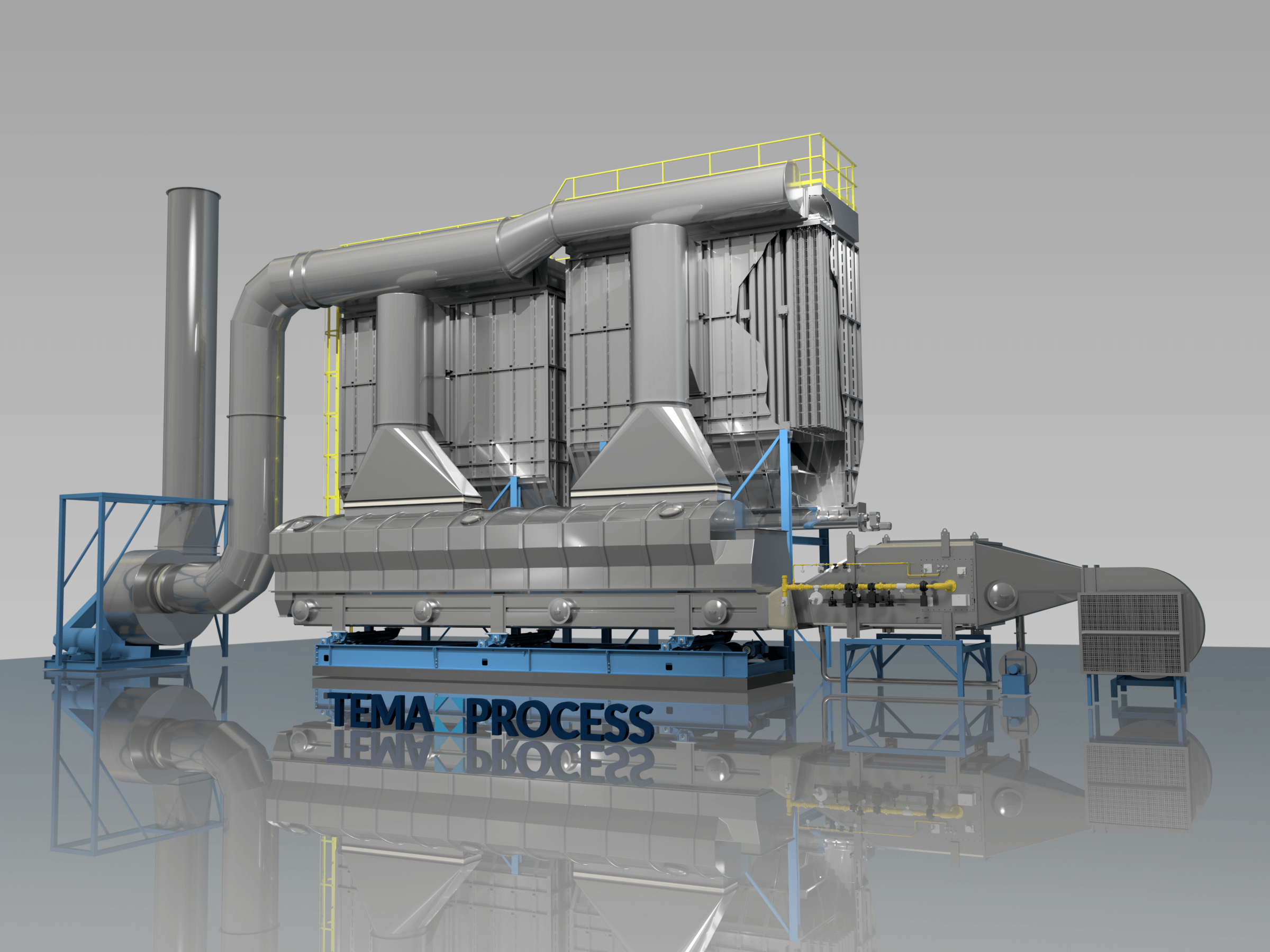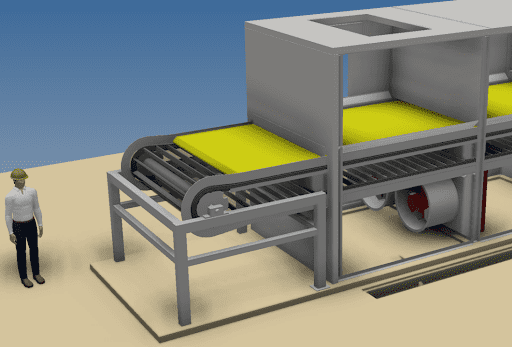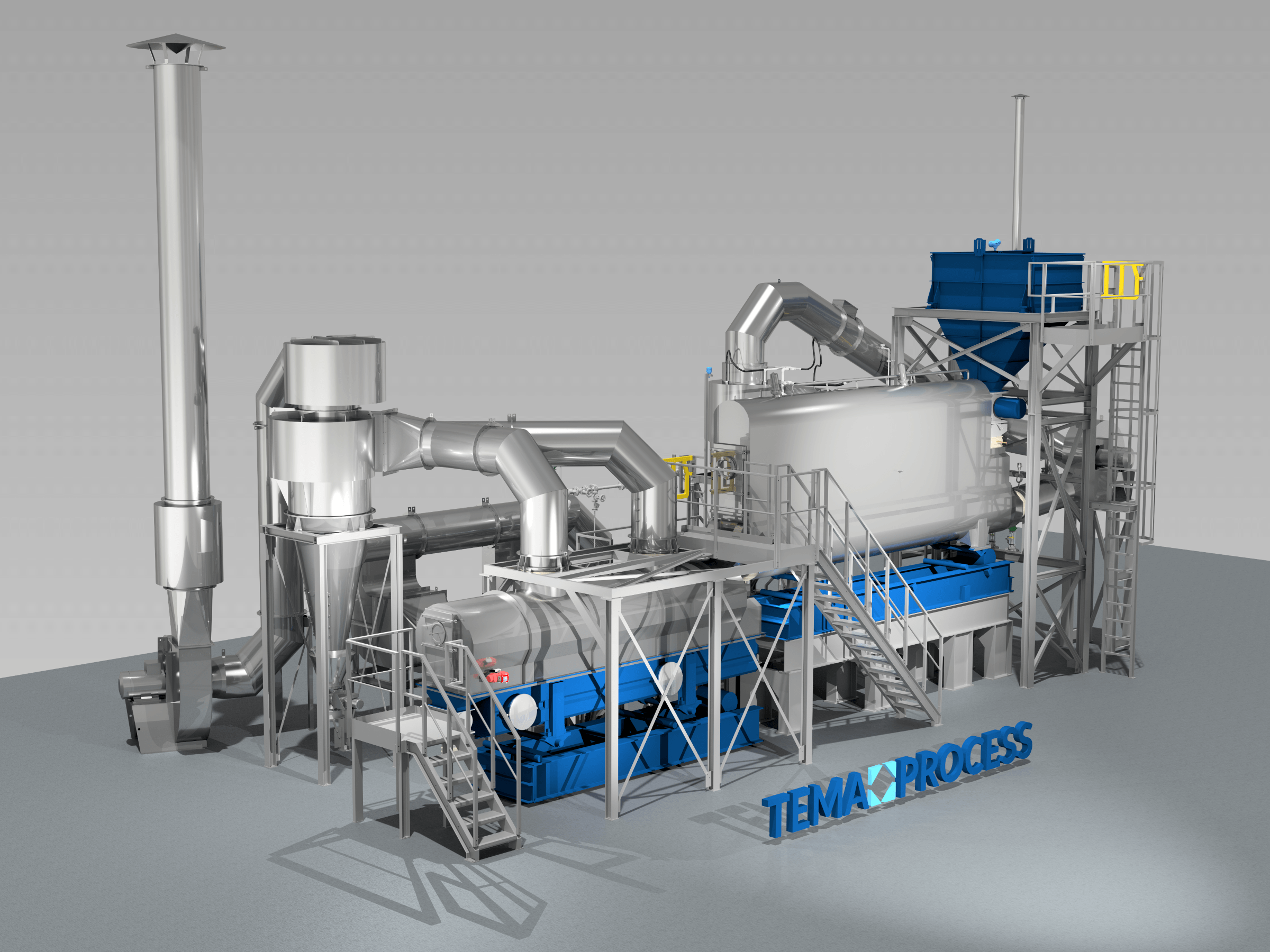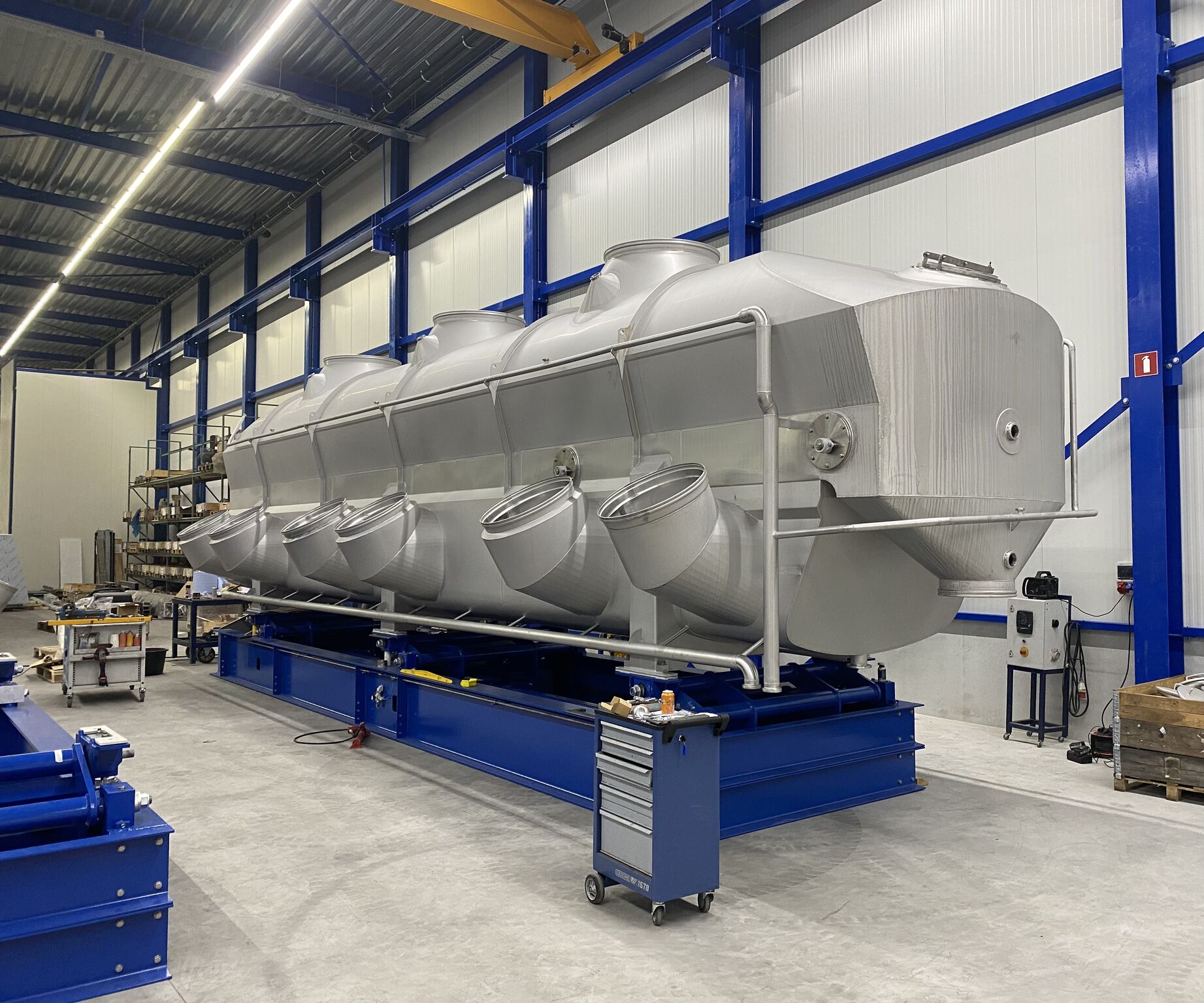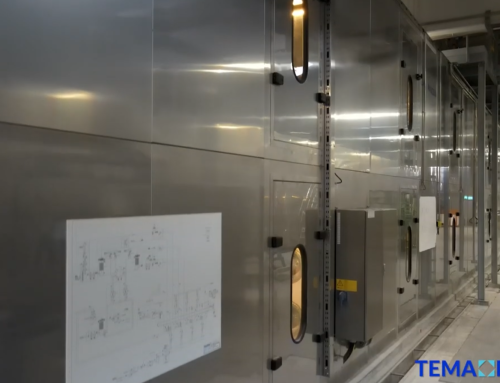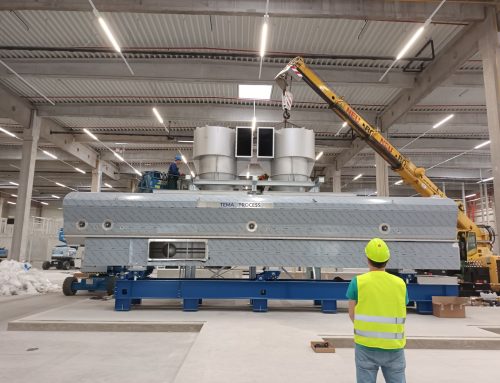Multi-temperature zones in a Tema Process fluid bed dryer are used to optimize the drying process by providing better control over moisture removal, product quality, and energy efficiency.
Here’s why they are beneficial:
1. Optimized Drying Stages – Different materials require gradual drying to prevent surface hardening or uneven drying. Multi-zone dryers allow initial high-temperature drying followed by lower-temperature zones for controlled moisture removal.
2. Energy Efficiency – By adjusting temperatures in different zones, energy is used more efficiently, reducing overall consumption compared to a single high-temperature drying process.
3. Improved Product Quality – Some materials are sensitive to heat. A controlled temperature profile prevents overheating, degradation, or unwanted reactions in heat-sensitive products.
4. Moisture Gradient Control – Multi-zone drying helps manage moisture movement within particles, preventing case hardening (where the surface dries too quickly, trapping moisture inside).
5. Increased Throughput – Different zones can be optimized for different drying rates, improving overall drying speed without compromising product integrity.
6. Adaptability – Multi-zone drying allows for adjustments based on product type, moisture content, and drying kinetics, making the system more flexible for different applications.
This approach is widely used in food processing and chemical industries where precise drying control is critical.

